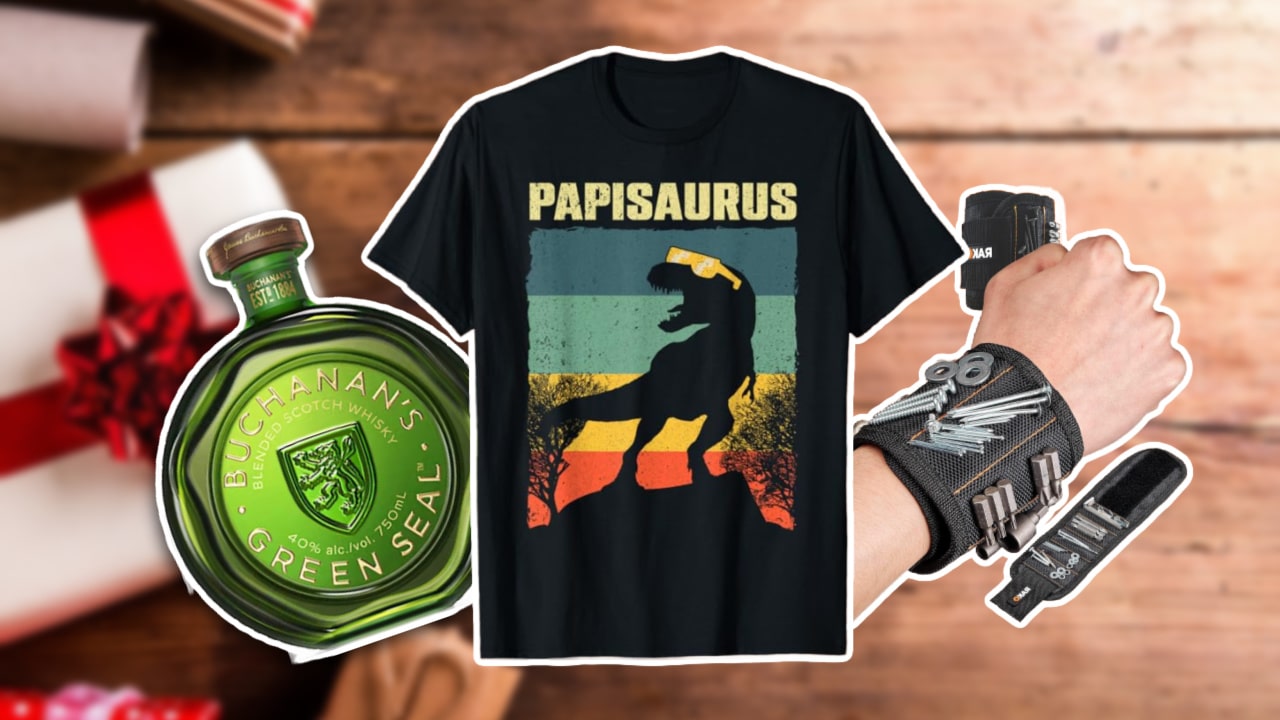Mexican Vaqueros Taught Hawaiians About Cowboy Culture In The 1800s — Saddle Up For The Story
Mexico‘s iconic vaquero culture can be traced back hundreds of years before the American cowboy. In fact, “the Mexican vaquero” was born in the early 1500s upon the arrival of the Spanish and their horses. At that point, the Indigenous Mexican population became central to the ranching traditions we know today.
As historian Pablo A. Rangel described to History, Mexico’s vaqueros soon made horse and cattle culture their own. “What separates the vaquero from just a horseman is that they braided rope. They built their own saddles.”
“They were able to tame wild horses and they were throwing the lasso,” he explains. In fact, the Mexican vaqueros were so good at what they did, that early-1800s Hawaiian King Kamehameha III invited them to teach Hawaiians how to be cowboys, too.
TikTok user @loading..error406 posted a fascinating video about the influence of Mexican vaqueros on Hawaiian cowboy culture. The TikToker explained that Mexican cattle-herding techniques were so advanced, the Hawaiian king invited the vaqueros to “teach the locals how to rope, ride, brand, breed horses, slaughter, and cure cattle hides.
At that point, the Hawaiian cowboy was born, coined the “paniolo.” Interestingly, as per the National Park Service, the term “paniolo” actually comes from the word “español.” The more you know!
It all started when a British Captain gifted cattle to Hawaii’s king
As explained by the Smithsonian’s Folklife Magazine, British Captain George Vancouver gifted cattle to Hawaii’s King Kamehameha I in 1793.
According to the National Park Service, this followed other people who had also introduced animals and plants to Hawaii. For example, Captain James Hook brought goats and pigs to the archipelago in 1778.
A few issues came along with the arrival of Hawaii’s first cattle. At first, the king put a “prohibition” on the cattle to make sure their population grew in size. After he made it illegal to hunt them, though, the cattle’s huge population became a problem.
In fact, they destroyed crops and homes, and became dangerous to Hawaii’s population. So what to do? Kamehameha I eventually lifted the prohibition, and his son Kamehameha II grew the cattle industry. However, his second son, who soon rose to power, Kamehameha III, knew Mexican vaqueros could help their industry truly thrive.
Under Kamehameha III’s reign, which lasted from 1825 to 1854, the king invited Mexican vaqueros to teach Hawaiians about riding horses and working with cattle.
The Mexican vaqueros taught Hawaiians all about working with cattle as well as horses. At that point, the newly-formed Hawaiian paniolos learned all about the vaqueros’ techniques — and soon molded them to their unique topography and culture.
Mexican vaqueros influenced Hawaiian paniolos in more ways than one
Interestingly, Mexican vaqueros influenced Hawaiian paniolos in more ways than just inspiring their names with the word “español.”
According to Project Pulso, intensive grazing was invented during this time, which is a process involving cattle weeding crops while fertilizing land with their manure.
Even more, paniolos also adopted vaqueros’ traditional clothing style, including “cowboy” hats and ponchos.
Some Mexicans even stayed in Hawaii and started families there.
Interestingly, paniolos eventually created a unique music style similar to the vaquero tradition, where it was easy for cowboys to carry a guitar.
Paniolos played guitars or ukeleles while telling a story through their songs. As per the Paniolo Preservation Society, Mexicans even brought a yodeling tradition with them, which Hawaiians soon made their own.
As explained by Folklife Magazine, the paniolo tradition still lives on today in Hawaii — whether through classic songs, their dress style, famed cattle ranch Parker Ranch in Waimea, or even through rodeos.




